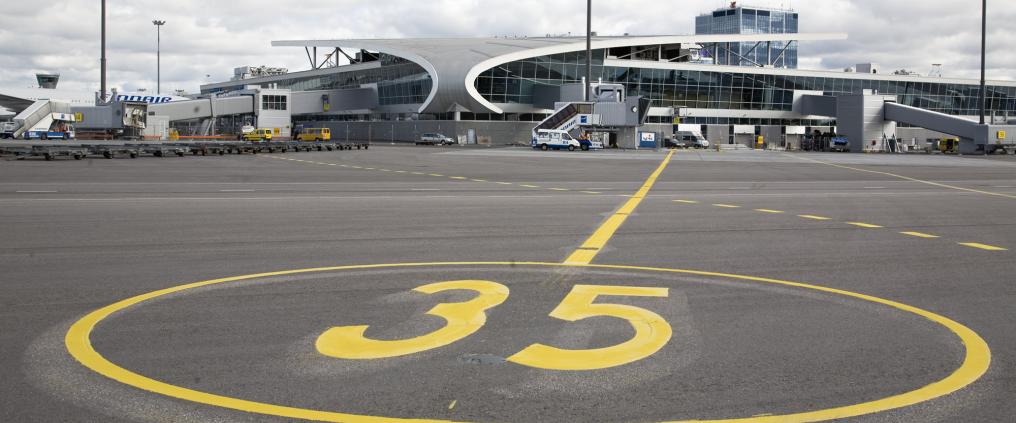In January–June 2016, Finavia airports served in all 10.2 million passengers (9.8 million in January–June 2015). In June, passenger traffic increased by 2.5%. This positive trend is due to the increase in international air traffic to Europe, and the increase of passengers in transit between Asia and Europe.
Landings of aviation traffic decreased by 1.6% in the early part of the year, which – together with the increase in passenger volumes – indicates that the utilisation rate of aircraft operating in Finland has improved.
Transit travel has increased as predicted
The passenger volume at Helsinki Airport increased by 5.3% in January-June, and the number of passengers was 8.3 million. International travel increased by 5.1% from the beginning of the year and the number of passengers was 7 million. The number of passengers transferring from one international flight to another continued to grow. The increase in the number of international transit passengers was 1.4% during the first half of the year.
The international passenger volume of all Finavia airports, including scheduled and chartered services, increased by 3.5% in January-June and stood at 7.3 million.
- International air traffic has grown well during the first six months of the year, and it will continue to grow; we are expecting a record year. The growth in domestic flights is, however, expected to level out towards the end of the year, says Joni Sundelin, Finavia director.
- The reason for the increase in international travellers is Helsinki Airport’s established position as a hub for the growing transit travel between Asia and Europe, and in developing direct routes. Because of the growth in routes, our accessibility, the combined number of direct and transfer flights, has greatly improved. In addition to transit passengers, Finns also have these superior connections to all over the world, that surpass the average connections for such a population, Sundelin continues.
Domestic passenger volume is increasing thanks to Lapland
The volume of passengers on domestic flights has continued to grow versus the comparison season. There were 2.8 million passengers in total, which was 5.9% more than at the same time last year. The airports in Lapland (Ivalo, Kittilä, Rovaniemi and Kuusamo) had more passengers due to an excellent winter season. During the first six months of the year, some 528,330 passengers flew to the airports in Lapland, which was 7.6% more than in January–June the previous year.
- The reason for the good growth in the number of domestic passengers is particularly the increase in popularity of tourism in Lapland. Lapland has succeeded in developing an attractive tourism product and in opening new routes also for next winter. In fact, ever more travellers are arriving in Lapland by air. There are significant changes in the passenger volumes on a yearly level, but the general trend in domestic air travel is in a more positive direction. However, there are areas, that are struggling with the demand for air traffic with other forms of transport and there are not enough passengers for aircraft, Sundelin states.
Of the regional airports, Oulu, Rovaniemi and Turku had the largest amounts of passengers (517,580, 239,660 and 162,547 passengers respectively).
The volume of air cargo traffic has increased, too. In January–June, 89.6 tonnes of cargo was carried by air, which is 8.9% more than at the same time during the previous year. International cargo represented 97% of all traffic cargo, or 87.1 tonnes.
Finavia publishes monthly traffic statistics.
Unless specified otherwise, the percentages of change given in this press release describe the developments in January–June 2016 compared with the corresponding period in 2015.



